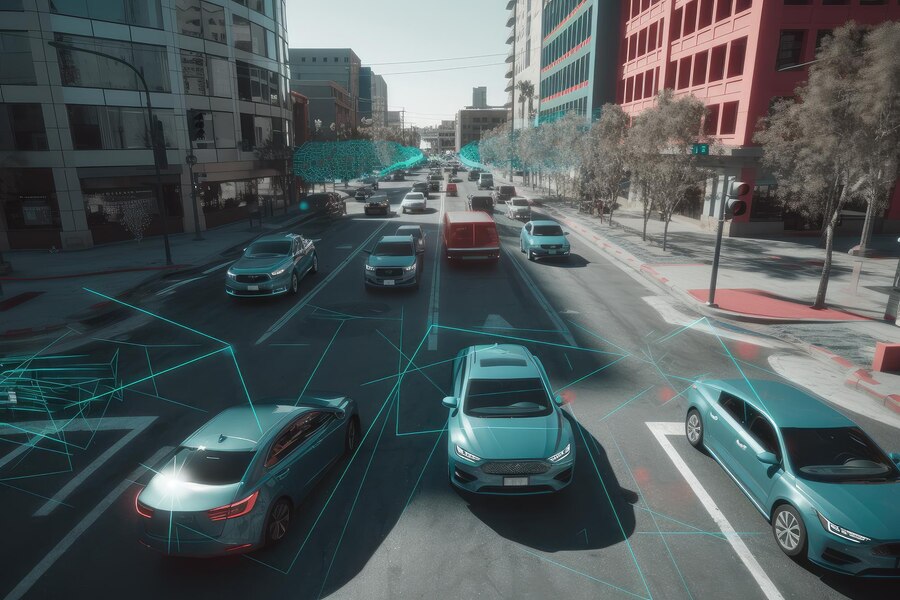In recent years, autonomous vehicles have emerged as a groundbreaking technology poised to transform how we commute, transport goods, and interact with urban environments. This article explores the evolution, benefits, challenges, and future trends of vehicles, providing insights into this cutting-edge field of transportation.
Introduction
vehicles, also known as self-driving cars or driverless vehicles, are automobiles capable of navigating and operating without human intervention. These vehicles leverage advanced technologies such as sensors, cameras, GPS, and artificial intelligence to perceive their surroundings and make real-time driving decisions.
Types of Autonomous Vehicles
Autonomous technology extends beyond traditional passenger cars to include a diverse range of vehicles:
- Passenger Cars: Self-driving cars designed for personal transportation.
- Autonomous Trucks: Driverless trucks for freight transport and logistics.
- Delivery Drones: Unmanned aerial vehicles used for automated package delivery.
Key Components and Technologies
The core components enabling autonomous functionality include:
- Sensors and Cameras: Detect obstacles, traffic signs, and pedestrians.
- GPS and Mapping Systems: Provide precise location data and navigation.
- Artificial Intelligence (AI) and Machine Learning: Analyze sensor data and make driving decisions based on patterns and scenarios.
Benefits of Autonomous Vehicles
Autonomous vehicles offer numerous advantages:
- Improved Safety: Reduced human error and accidents.
- Increased Efficiency: Optimized traffic flow and reduced commute times.
- Accessibility: Enhanced mobility for elderly and disabled individuals.
Challenges and Concerns
Despite their promise, vehicles face significant challenges:
- Safety and Liability: Determining responsibility in case of accidents.
- Regulatory Hurdles: Establishing standards and regulations for deployment.
- Public Trust: Overcoming skepticism and building confidence in autonomous technology.
Current State of Autonomous Vehicles
Leading companies like Tesla, Waymo, and Uber are developing and testing vehicles. Pilot projects and trials are underway in various cities worldwide, showcasing the feasibility and potential of this transformative technology.

Future Trends and Innovations
Continuous advancements mark the future of vehicles:
- AI and Sensor Technologies: Enhanced perception and decision-making capabilities.
- Smart City Integration: Interoperability with urban infrastructure for seamless transportation.
Conclusion
In conclusion, autonomous vehicles represent a paradigm shift in transportation, offering unparalleled safety, efficiency, and accessibility benefits. Despite existing challenges, ongoing research and development efforts promise to unlock the full potential of autonomous technology.
FAQs About Autonomous Vehicles
Are autonomous vehicles safe?
Vehicles undergo rigorous testing to ensure safety. However, challenges remain in simulating all possible scenarios.
How do vehicles navigate in bad weather?
Advanced sensors and AI algorithms enable vehicles to adapt to adverse weather conditions.
What impact will vehicles have on jobs?
While autonomous technology may disrupt certain industries, it also creates new opportunities in engineering and technology.
Will autonomous vehicles be affordable for everyone?
As technology evolves and production scales, vehicles will become more affordable.
Can vehicles reduce traffic congestion?
Yes, vehicles can optimize traffic flow and reduce congestion by coordinating with each other and traffic systems.
-
You’ll also like this:
Must visit the home page:




